
With temperatures continuing to rise across the US, the importance of knowing how to cool a room with fans remains ever-present.
And, with some states like Florida and Texas already experiencing 100-degree heat, and experts warning it's only going to get hotter, it's now more pertinent than ever.
Here, HVAC experts share their top tips for maximizing the cooling power of your best fans, without driving up energy costs.
How to cool a room with fans
1. Create a cross-breeze
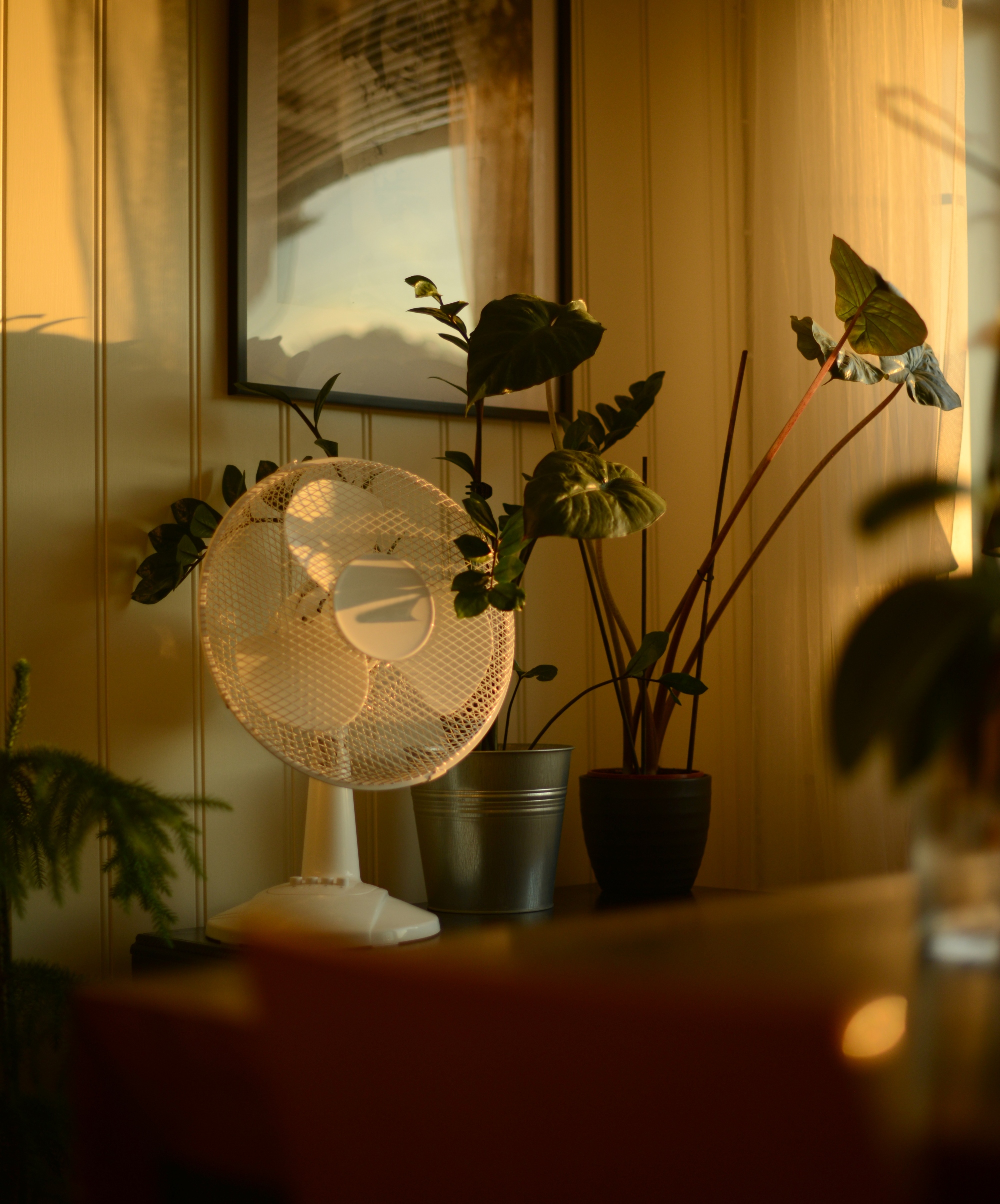
If you're looking for how to keep a home cool in a heatwave, you may have seen advice that champions creating a cross-breeze for an instant cooling effect.
After all, says Beatrice Flores, home care expert from Living Pristine, the only thing better than one fan is using two fans to cool down a living room, or any other space, rapidly.
To create this cooling cross breeze, position one fan to blow air out of a window on one side of the room, and another fan to draw air in from a window on the opposite side, to promote continuous airflow, and help to expel hot air from the room while drawer in cooler air from outside.
'This will direct the airflow from both fans across the room, cooling the air quickly,' explains Beatrice. 'Additionally, the fans will help to circulate the cool air throughout the room, ensuring that all areas are evenly cooled.'
The compact Amazon Basics Air Circulator Fan available at Amazon is ideal for this. You can create this with two open windows at opposite ends of the house, as well. Head of Solved, Punteha van Terheyden learned about effectively creating a cross-draft when living in the blistering heat of the Middle East.
2. Play with strategic placement

If you're wondering whether pointing a fan out of a window works to cool down a room, according to Josh Mitchell, HVAC technician and owner of Air Conditioner Lab, the answer is yes – the placement of your fan can significantly impact its cooling effectiveness.
Strategic fan positioning can maximize the cooling potential of your fan by enhancing airflow and utilizing natural temperature differences, which will should also help to reduce your home's humidity, too.
‘Placing a fan in a window with the front facing into the room can draw in the cooler outside air during the evening and night, he says. ‘This method works especially well in areas where the night temperatures drop significantly. Ensure the window is shaded from direct sunlight during the day to avoid bringing in warm air.’
Just make sure you familiarize yourself with how much it costs to run a fan to avoid any unexpected electricity bills amid the heatwave.
3. Pair a fan with large furniture
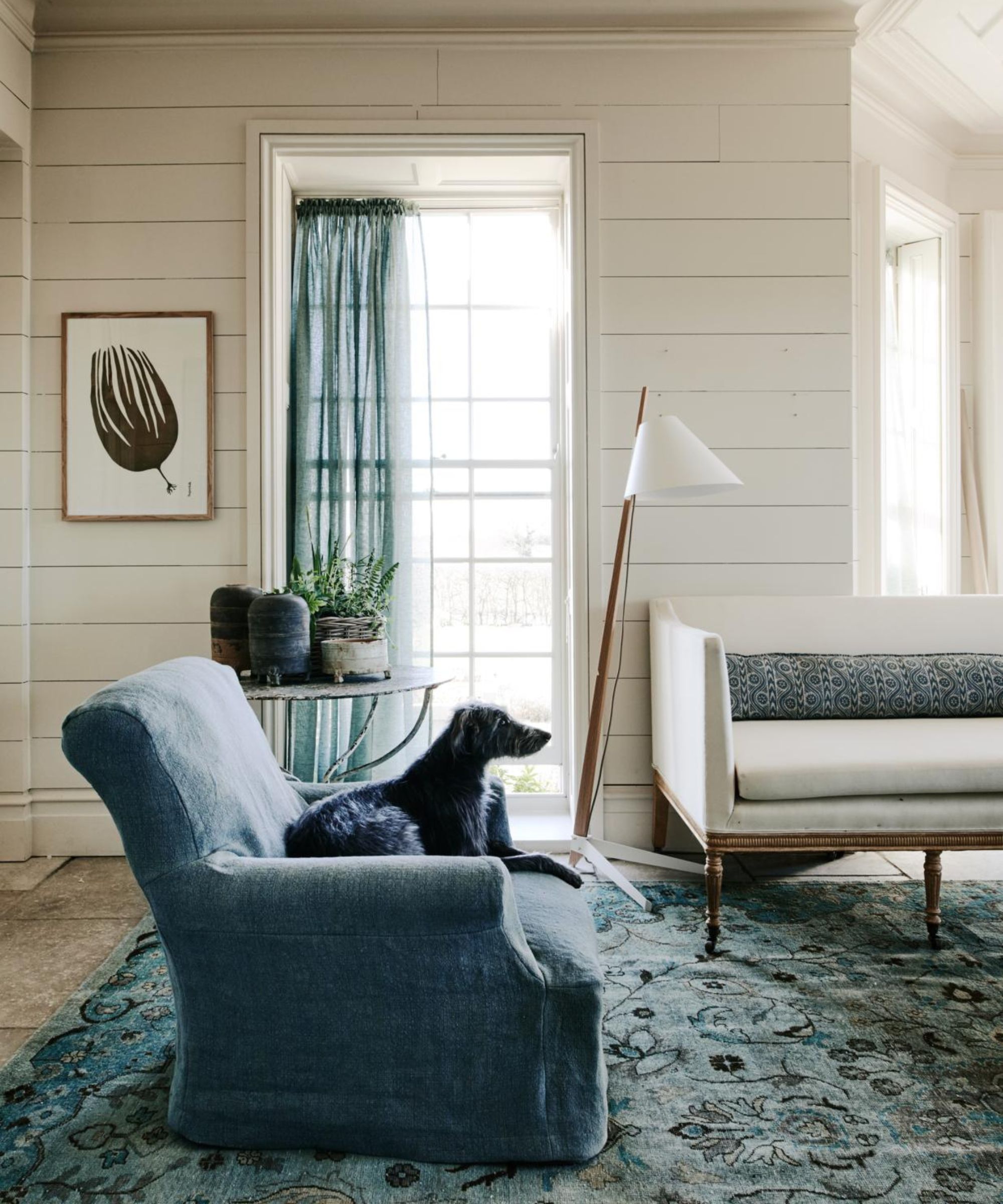
The placement of your fan (or fans) has a significant impact on your room's airflow – so how else can you accentuate its power through its position? By pairing it alongside your large furniture.
'When the fan is placed next to large furniture, it helps send air flow in the right direction, ensuring a more even distribution of cool air throughout the room,' explains Joe Haycock, vice president at Fresh Air Concepts.
Importantly, though, you want to direct the airflow, not stop it. Therefore, consider the layout of your room, moving things around if necessary, even if only temporarily, and use the furniture to help channel the breeze.
This is a clever and cost-effective way of eco cooling your home.
4. Hang wet towels near your fan

Even if you're working with only one fan, you can still accelerate its power by hanging wet towels or sheets nearby, which is an effective way to keep an apartment cool in summer without AC.
'A damp towel helps create an evaporative cooling effect, which effectively reduces the air temperature,' advises Joe. 'However, the cloth should be slightly damp – not dripping – to avoid damaging the fan.'
Use pegs, like these Wire Clothes Pins available at Amazon, to ensure a strong hold that won't fall.
You can also harness the power of evaporation by lightly misting the room with water from a spray bottle, such as the Equate Plastic Spray Bottle available at Walmart, while the fan is running. This is an easy method that can provide immediate cooling relief.
Alternatively, create a DIY evaporative cooler by filling a container with water and placing a fan above it. Add a wick, such as a piece of cloth, that draws water from the container and lets it evaporate as the fan blows air over it.
This DIY hack to make a fan run cooler can significantly lower the air temperature, especially in warmer rooms.
5. Use ice to cool the room further
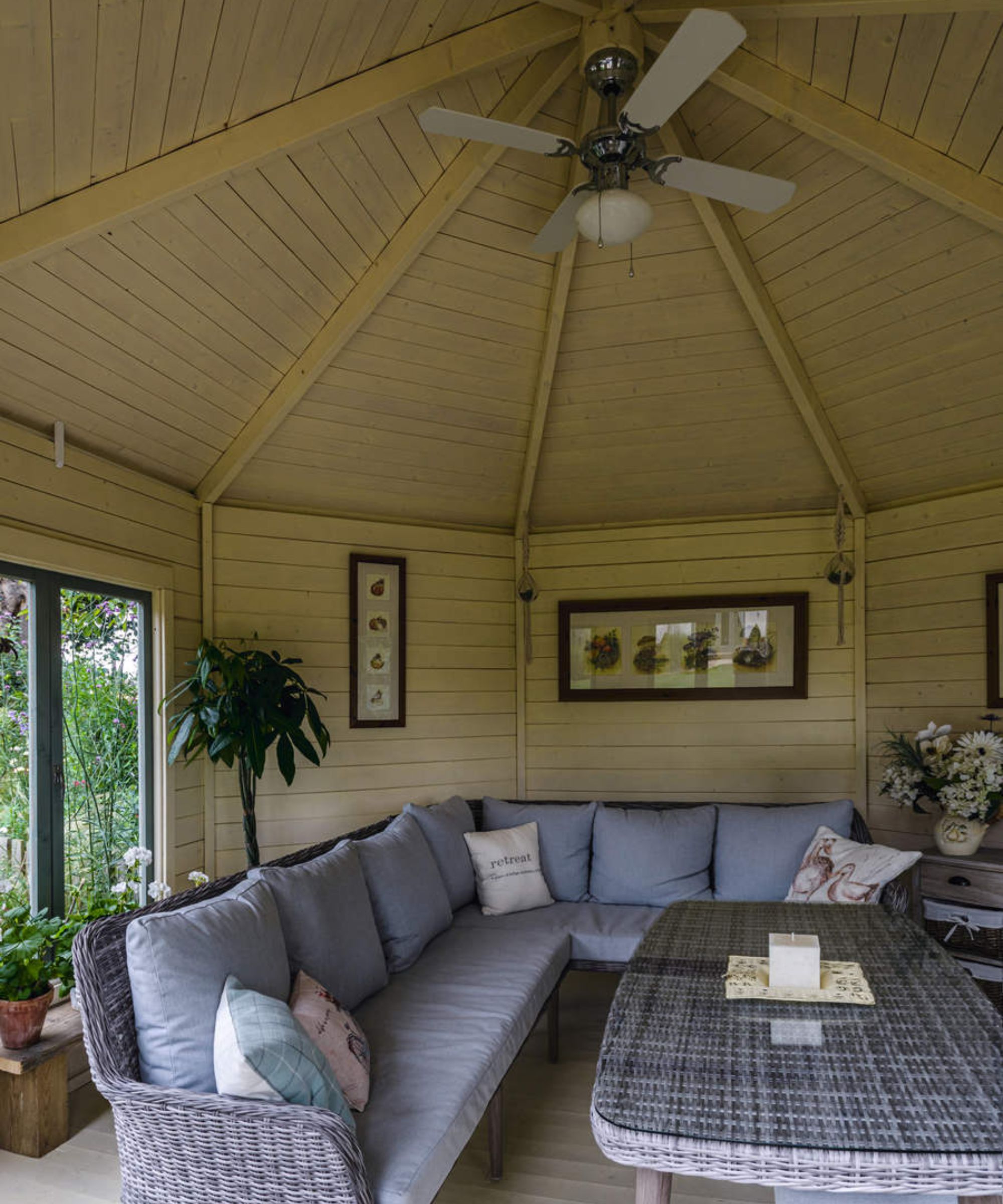
Similar to the wet towel trick, Asif Bux, owner of Comfort Union, an HVAC and plumbing company, states that one of the simplest and most effective DIY methods to cool down the air blown by your fan involves using ice or cold packs.
This method leverages the cooling power of ice to lower the temperature of the air being circulated.
‘Place a shallow pan or bowl filled with ice in front of your fan,’ he suggests. ‘As the fan blows air over the ice, it will circulate cooler air around the room. This method is straightforward and can provide immediate relief on a hot day. Just remember to replace the ice as it melts.’
For a less messy alternative, you can also fill plastic bottles with water and freeze them. Then, place the frozen bottles in front of or behind the fan. This method is reusable and can be more convenient than using loose ice, making it a great long-term solution.
Fan cooling essentials
All prices were correct at the time of publication.
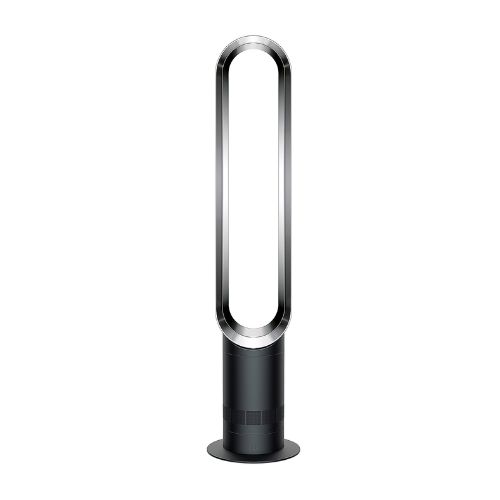
This fan is one of the best and most effective on the market. It has 10 airflow settings, one-touch oscillation control, and utilizes air multiplier technology with a handy LED display.
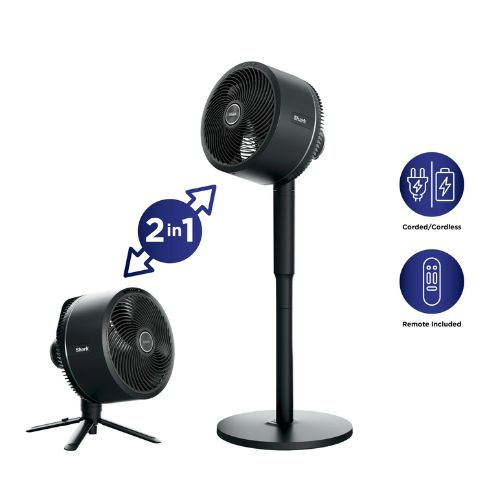
This oscillating fan is suitable for both indoor and outdoor use, with a tough, rain-resistant and durable finish, and a BreezeBoost mode to allow efficient breezy cooling up to 70 feet away. It can run in cordless mode for up to 24 hours.
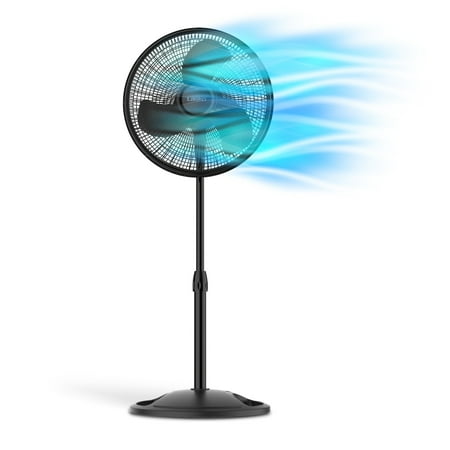
With simple manual controls, this versatile pedestal fan features three different speeds, a fully-adjustable height, and widespread oscillation for full-room coverage.
FAQs
Should you open windows in warm weather?
During the warmer weather, you should try and keep the windows closed and covered to keep a bedroom cool. This will prevent the sunlight and heat from penetrating the room for extended periods, and sending hot air into the rest of your home.
At night time you should let the cooler night air in by opening windows, but only do so if the temperature is actually lower outside. If it's warmer outdoors, opening your windows is actually something you should not to in a heatwave.
The same applies if it's incredibly humid outside. It's harder for us to sweat, and therefore cool down quickly, if the air around us has high moisture content.
Meet our experts
If you're battling extreme heat at home, always make sure you drink plenty of water, prioritize creating air flow, take cool showers and have cooling bedding in play.







